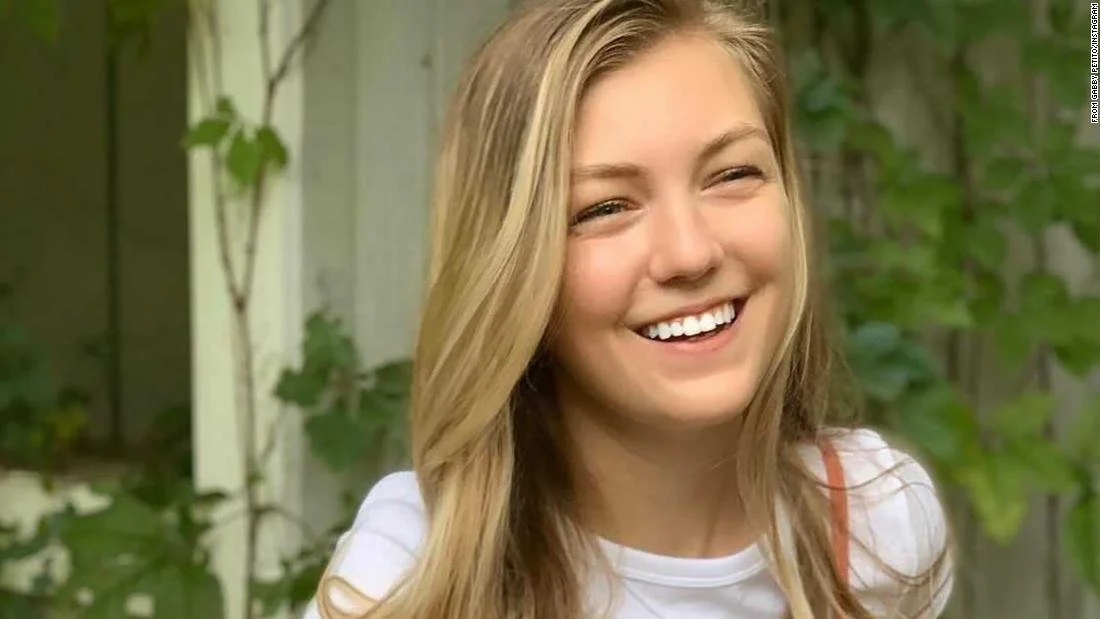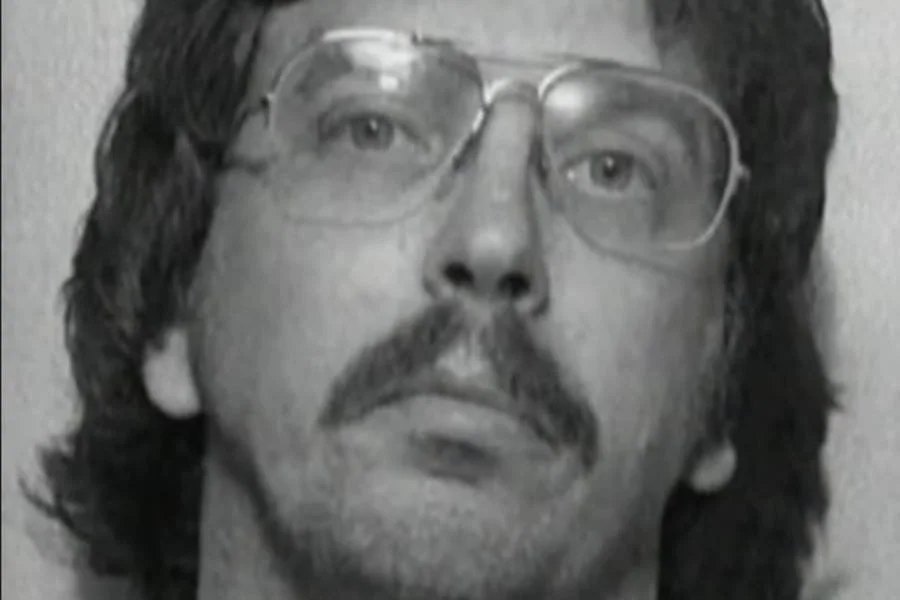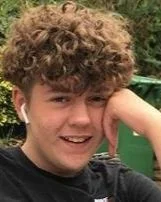Gabby Petito a Year Later: America's Favorite Missing Influencer
Beginning this time last year, a couple began a cross-country trip that would make headline news and kick off an investigation among millions of online sleuths. This case, which showcased the well-known vulnerability of women in relationships, also displayed numerous factors related to the power and limitations of social media as a mode of protection and investigation. Its story is unoriginal, but it’s the platform it played out across that makes it truly special. This story is of course that of Gabby Petito and her fiancé Brian Laundrie.
Their story began in early June of last year, as they planned a cross-country road trip. Petito (22) was an aspiring van-life social media influencer, and so a trip like this would be a great opportunity for her to make some content following their journey exploring the numerous national parks across the country with her fiancé Laundrie (23). They had planned out a route and stops to stay at, and as they began their trip Petito was known by her family to consistently check-in.
From there, the timeline skips ahead to August, where:
August 12, the couple was recorded as having an encounter with the Moab, Utah police. The altercation between the couple described Laundrie physically abusing Petito.
August 27th, a couple vacationing in Jackson, Wyoming stated they witnessed another altercation at a restaurant between the couple. The witnesses claim Petito was crying as Laundrie was loudly acting in anger toward Petito and the wait staff.
August 29th, two women claim to have given Laundrie a ride to different locations, the first to the Jackson Lake Dam and the second from the Dam to Spread Creek camp area. This camping area would eventually be where Petito’s body was found.
August 30th was the last time Petito’s parents received a message from her, and they question the validity of that message. The last they had heard directly from their daughter, the couple was in Grant Teton National Park at the time of the new message, and yet when they received the text on the 30th, it said “No service in Yosemite.”
September 1st, Laundrie returned to his family home with the van the couple used to travel with.
September 11th, Petito’s parents reported their daughter missing.
Days later, when police came to the Laundrie home to question Brian about his fiancé’s whereabouts, his parents told them that he himself went missing around the 13th. Throughout these days and the ones to come, Laundrie’s parents refused to answer calls and messages from Petito’s parents, who were begging for any information on where their daughter was.
September 19, police found human remains in Teton County. Two days later, those remains were confirmed to be Petito. Her body, which had been outside for at least three weeks before being found, showed her cause of death to be strangulation.
In the time it took the coroner’s office to determine all of this, a federal arrest warrant went out for Laundrie, and on October 21 his body was found. His cause of death was suicide, and on his person, police found personal items, most importantly a personal journal, which in
January 2022, Laundrie’s notebook was revealed to hold statements admitting to killing Petito. Petito’s family has begun a civil lawsuit against Laundries’ family for withholding information that would have led police to their daughter’s body and arrest of their son.
The tragedy of this crime was amplified throughout the nation over the same social media that Gabby was looking to make her career. Petito’s status and visibility as a striving influencer and the events that befell her, in the end, prove an important lesson in the new world where fabricating one’s life for the masses is easier than ever. Despite her documentation of her life to her fans, no one knew of the truth of her life and relationship with Laundrie, of the seemingly growing tensions between the two. Despite her constant posting, she was still killed like thousands of other women by an intimate partner, proving that “visibility doesn’t equal safety” as iterated by Marisa Kabas of Teen Vogue. No matter how truthful an influencer attempts to be in divulging their lives, some truth will always be hidden.
The influence of social media also had an impact on the investigation of her case itself. By the end of September, the #gabbypetito tag on TikTok had over 1.2 billion views according to NBC. Additionally, both eyewitnesses and online sleuths alike made their own videos to spread the information they either saw or accumulated throughout the case, directly helping the FBI in their search by creating a more accurate timeline of where the couple traveled through those who saw them. More impactful, when another vlogging couple had a video with Petito’s van in the background, the search parties were able to create a much more focused search area for her body, finding her in only hours when without it the search would take months.
On the other hand, publicizing the disappearance and search for Petito across social media could have had the negative effect of turning her disappearance and murder into a spectacle of entertainment. When a case like this explodes to become the talk of a public phenomenon, the information can not only become jumbled, but the constantness can also depersonalize the tragedy, causing the public to forget the real human cost. Many sleuths became obsessed, growing her social media following to 1.2 million after her death to search for any clues that could have saved her if they were found sooner when there was truly nothing else to be done.
The public obsession with her case also reinforced a common phenomenon of “Missing White Woman Syndrome.” A pattern coined by Gwenn Ifill to describe the national outcry and desperation to find pretty, young, cisgender, straight white women who go missing, while equally ignoring the hundreds of Black, Brown, and Indigenous women who go missing every year, the outpour of coverage across social and traditional media focusing on Gabby’s case is a prime example of that.
This is not to say that the public should not be focusing on those who are missing like Gabby, but it is pointing out the lack of similar support, fervor, and aid given to missing women of color, which leaves many of them still missing. Gabby’s body was found only a little more than a week after she was reported missing, and yet in 2021 alone, over 521,705 other people were missing throughout the year. If even a little bit of the same effort and energy was given to all these other victims, maybe those people could be found too.






